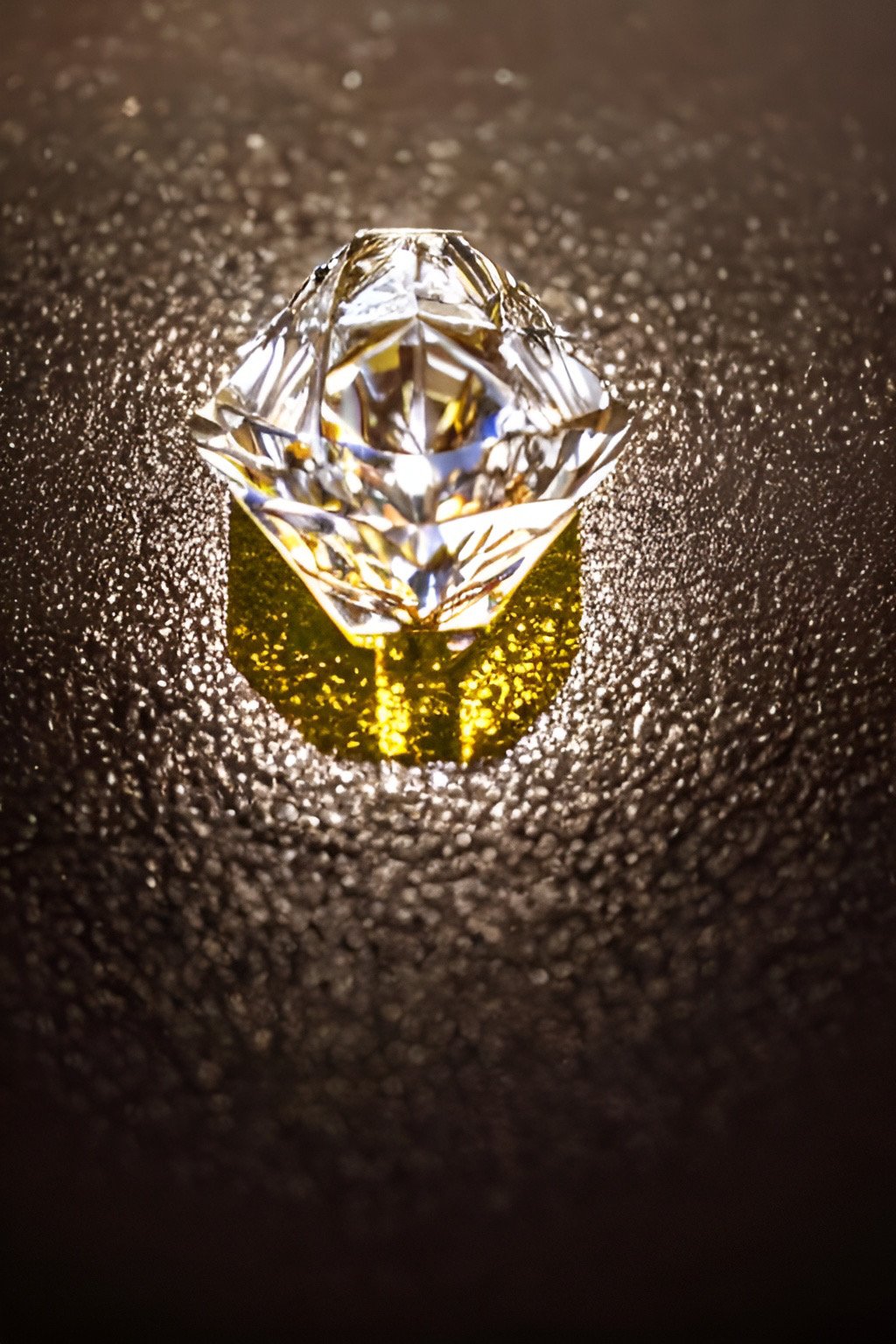Make it stand out.
Friedrich Mohs
Friedrich Mohs was a German mineralogist who developed a system for measuring the relative hardness of minerals, known as the Mohs hardness scale. He introduced the scale in 1812 and it remains widely used today.
The Mohs hardness scale assigns a numerical value to the hardness of a mineral based on its ability to scratch another mineral. The scale ranges from 1 to 10, with 1 being the softest (talc) and 10 being the hardest (diamond). Each mineral is assigned a value based on its ability to scratch minerals of lower hardness, while being scratched by minerals of greater hardness.
One of the main advantages of the Mohs hardness scale is that it is simple and easy to use, requiring only a few basic tools such as a fingernail (2.5), a penny (3.5), a pocket knife (5.5), and a glass plate (5.5). The scale is also useful in identifying minerals, as each mineral has a unique hardness value that can help to differentiate it from others.
Although the Mohs hardness scale has some limitations, such as the fact that it does not take into account variations in hardness within a mineral, it remains a valuable tool for mineralogists and geologists in their work.
